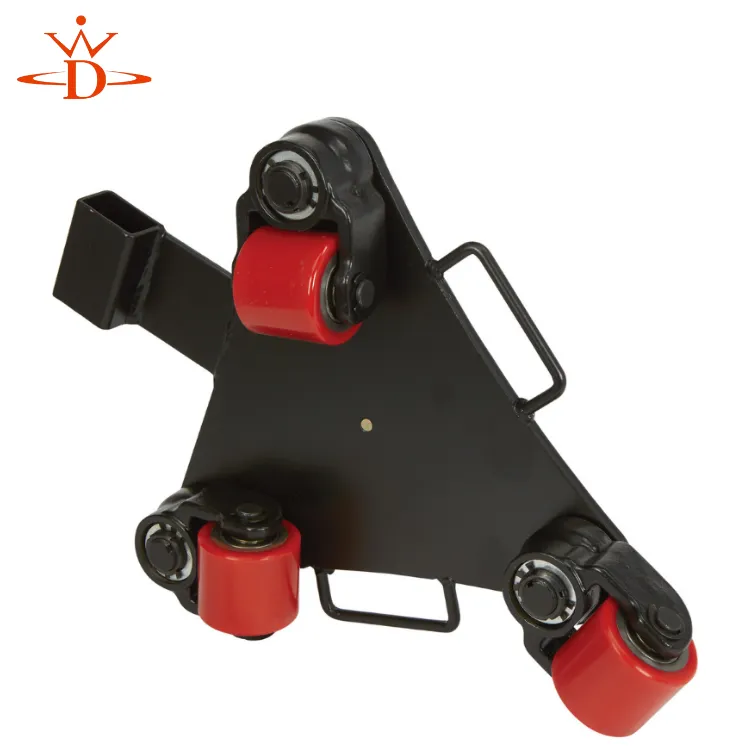yard gantry
The Evolution and Significance of Yard Gantry Cranes
In the bustling world of logistics and shipping, efficiency is paramount. Among the various tools and machinery that facilitate the smooth flow of goods, yard gantry cranes stand out as vital components of modern cargo handling systems. These towering, overhead structures provide a seamless method for moving heavy containers and materials, transforming yard operations into well-oiled machines. As we dive into the significance, evolution, and future trends surrounding yard gantry cranes, we reveal why they are indispensable in contemporary supply chain management.
Definition and Functionality
Yard gantry cranes, often referred to as rail-mounted gantry (RMG) cranes, are specialized cranes that are used primarily in container yards, ports, and intermodal facilities. These robust machines are designed to lift, lower, and move containers from various transport modes, including trucks, trains, and vessel storage. Typically characterized by two tall legs supported by horizontal beams, they can span multiple rows of containers, allowing operators to efficiently stack and retrieve cargo.
One of the primary advantages of yard gantry cranes is their ability to optimize space in crowded container yards. By loading and unloading containers from above, they minimize the required ground space, enabling terminals to increase storage density and throughput without the need for extensive expansion.
Historical Development
The inception of gantry cranes can be traced back to the late 19th century when industrialization prompted the need for mechanized material handling. Originally, cranes were powered by steam or manual labor. However, as shipping volumes increased and the maritime industry transformed, so did crane technology.
In the late 20th century, the advent of containerization revolutionized shipping logistics. The introduction of standardized shipping containers led to a paradigm shift in how goods were transported across the globe. This innovation necessitated the development of more sophisticated handling equipment, leading to the widespread adoption of yard gantry cranes. The design underwent significant enhancements to accommodate the larger, heavier loads and to improve operational efficiency.
Modern Innovations
yard gantry

Today, yard gantry cranes are equipped with cutting-edge technology that maximizes their capabilities
. Features such as automation, advanced control systems, and remote operation have become commonplace in modern crane design. Automated guided vehicles (AGVs) and automated stacking cranes (ASCs) often work in tandem with yard gantry cranes, creating an interconnected system that minimizes human error and reduces labor costs.Moreover, advancements in sensor technology have improved safety and efficiency. Many modern gantry cranes incorporate weight sensors, proximity alarms, and motion detection systems to prevent accidents and ensure smooth operations. These innovations have contributed to not only enhancing productivity but also ensuring safer working environments for operators.
Environmental Considerations
As industries shift towards sustainable practices, yard gantry cranes are adapting to meet environmental standards. Electric and hybrid models are increasingly being used, reducing reliance on fossil fuels and lowering carbon emissions. Additionally, energy-efficient designs and regenerative braking systems allow cranes to harness energy during operations, further reducing their environmental footprint.
Future Trends
Looking ahead, the role of yard gantry cranes within logistics and shipping is poised to evolve. The growing trend of digitization and the integration of the Internet of Things (IoT) will further enhance operations. Predictive maintenance, achieved through real-time data analysis, will help identify potential issues before they escalate, minimizing downtime.
Furthermore, as global trade continues to expand, the demand for faster and more efficient cargo handling will drive the evolution of yard gantry cranes. The development of larger, more versatile cranes that can accommodate burgeoning cargo sizes and complexities will be essential. Innovations such as modular designs and smart technology will play a key role in this evolution.
Conclusion
Yard gantry cranes represent the backbone of efficient container management in ports and shipping yards across the globe. From their historical development to modern innovations and future trends, these powerful machines embody the spirit of progress within the logistics industry. As technology advances and environmental concerns escalate, yard gantry cranes will continue to adapt, ensuring that they remain crucial players in the ever-evolving landscape of global trade. Their role in optimizing cargo handling cannot be overstated, solidifying their position as indispensable assets in the supply chain management of the future.
-
Unlock Seamless Relocation with Our Heavy Equipment Moving ExpertiseNewsJun.06,2025
-
Unleash Unrivaled Flexibility with Our Adjustable Gantry CraneNewsJun.06,2025
-
Unleash Heavy-Duty Efficiency with Our Industrial Gantry Crane SolutionsNewsJun.06,2025
-
Revolutionize Steel Handling with Our Magnetic Lifter RangeNewsJun.06,2025
-
Master Equipment Mobility with Premium Machinery Mover SolutionsNewsJun.06,2025
-
Elevate Your Material Handling with Magnetic Lifter TechnologyNewsJun.06,2025
-
YS Permanent Lifting Magnets: The Smarter Way to Handle SteelNewsMay.22,2025
